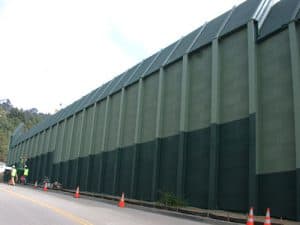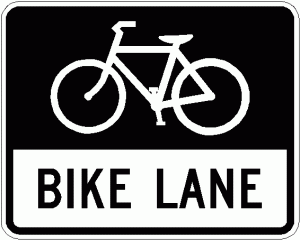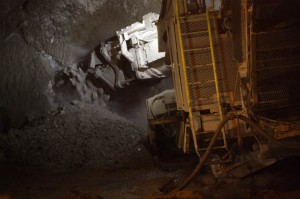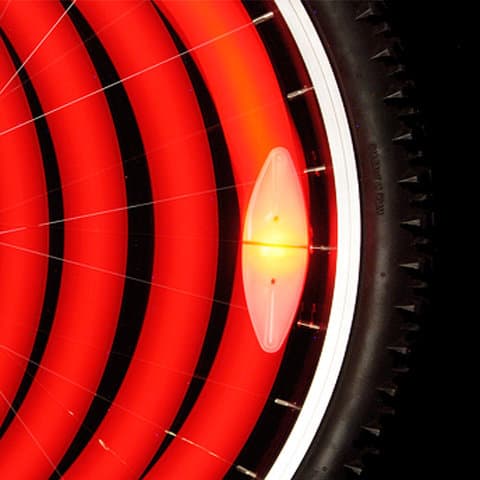
1. SpokeLit:
$7.99
An LED that’s attached between the bicycle spokes and creates cool ‘circles’ of light as the wheel rolls. This bright light also serves to keep the bicyclist safe by making him or her more visible. You can set the SpokeLit to ‘glow’ or ‘flash,’ depending on how much attention you want to bring to yourself (and how starstruck you want your fellow bikers to be). This nifty device comes in red, blue, green, disc-O, amber. Shock and weather resistant.
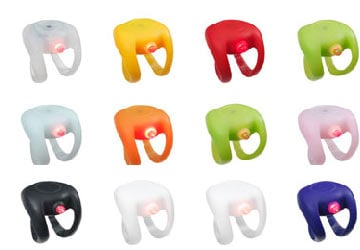
2. Knog (Frog Single Rear LED):
$6.95
If you don’t want something as flashy at the SpokeLit, get one of these little frog-like LEDs are small bits of color that spice up your ride, clipping on to just about anywhere on you bike. The bright light flashes for up to 160 hours.
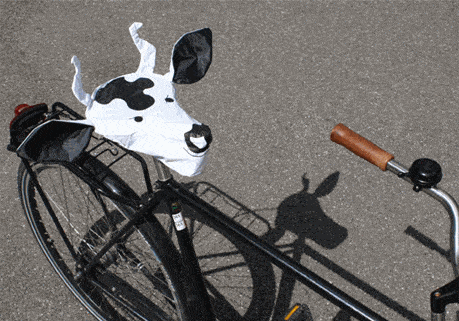
3. Tito Ahmels Bicycle Seat Covers:
$10
Because only this way can your bicycle seat turn into a cow head. With horns.
These animal head bicycle seat covers are waterproof, keeping your saddle clean and dry when you park outside. The only concern is that they’re so awesome they might not still be on your saddle when you get back. The seat covers come in bear, cow, dog, fox, and goat designs.

4. Pryme BMX Helmet:
$20
These no-nonsese helmets are usually worn by skateboarders, but who says bicyclists can’t wear them too? They’re very sensible and normal-looking (none of those alien-shaped green squiggly lined bicycle helmets) so just suck it up and wear a helmet, they really don’t look that bad and they keep you safe! That’s lookin’ at you, hipsters.
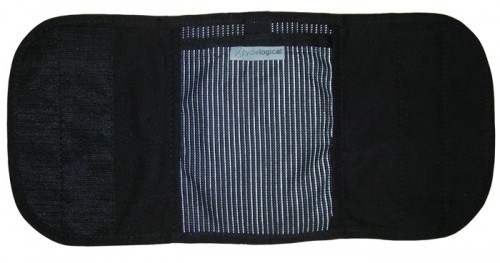
5. Urban Gaiter (Leg Gaiters):
$20
Similar to the gaiters that hikers or skiers wear, these ‘Urban Gaiters’ from Cyclelogical are designed to keep grease off your cuff and pant leg (no more flipping your cuff up!). This gaiter even has an inner pocket to stash money, cell phones, or keys.

6. Reflective Chopspokes:
$7
These reflectors cover your spokes and give you extra visibility at night.
Check back every day for more great gift ideas!
Photo Credit: SpokeLit, Mike’s Bikes, greenergrassdesign, Amazon, Cyclelogic (in order of appearance)
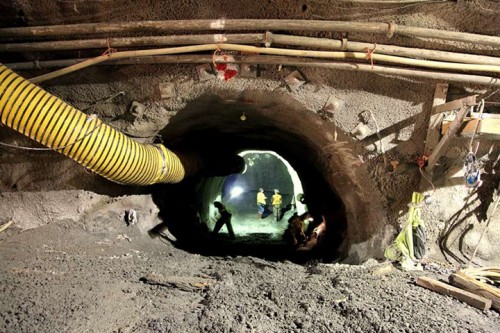

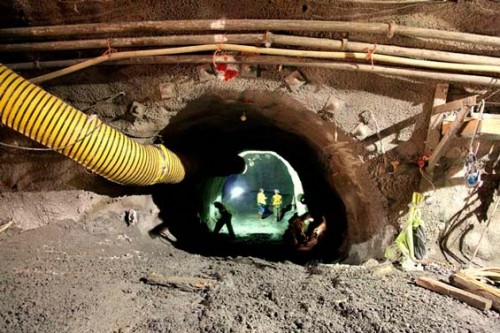

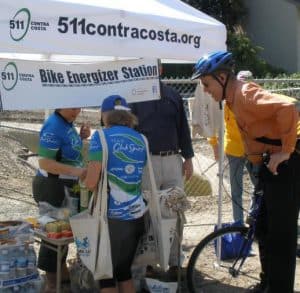
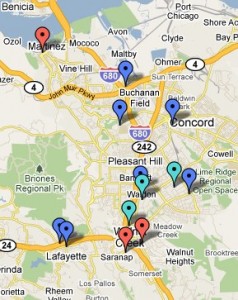

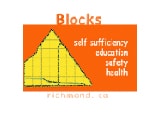


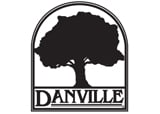
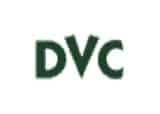

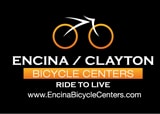

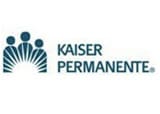

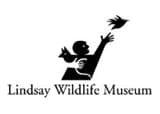




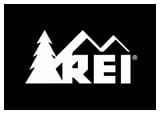
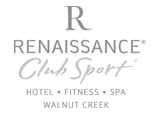

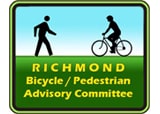
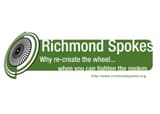

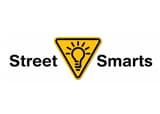

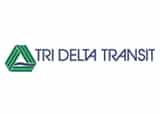
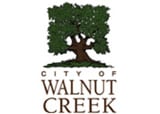

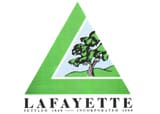

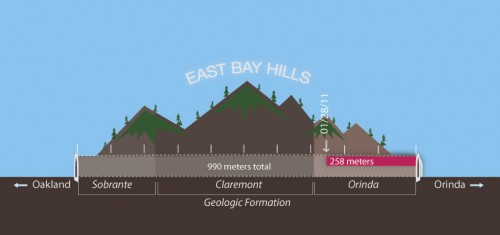
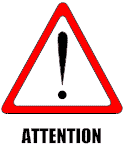

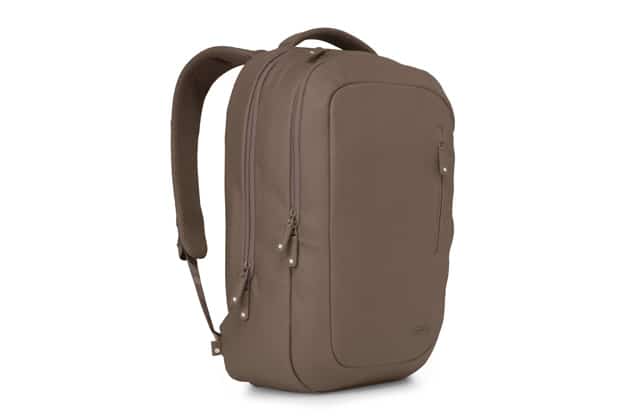
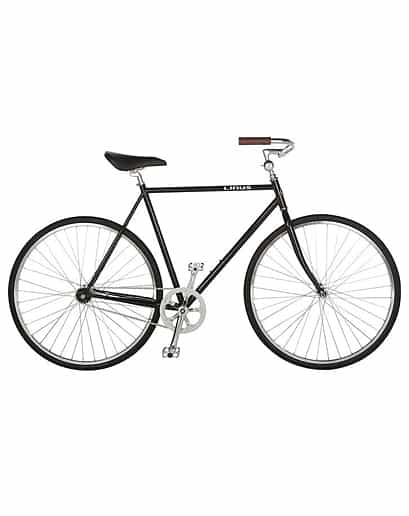


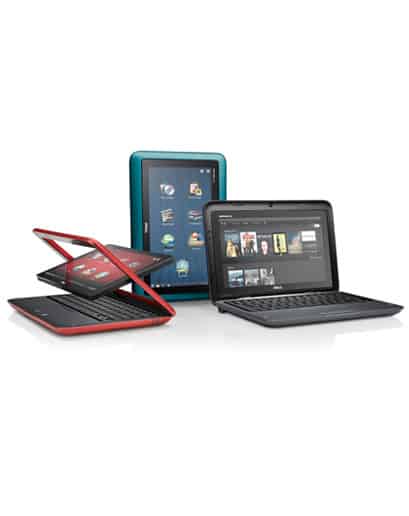


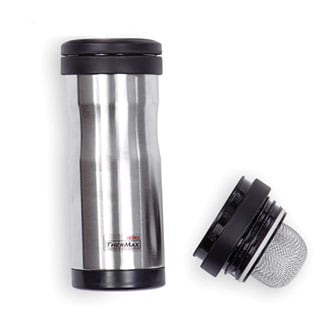
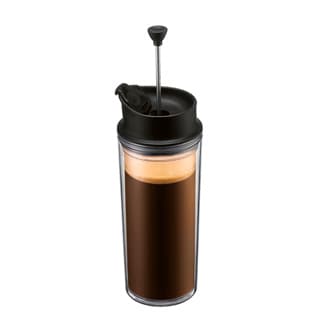
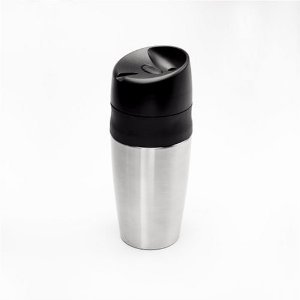
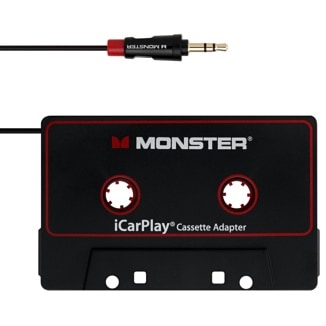
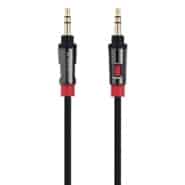

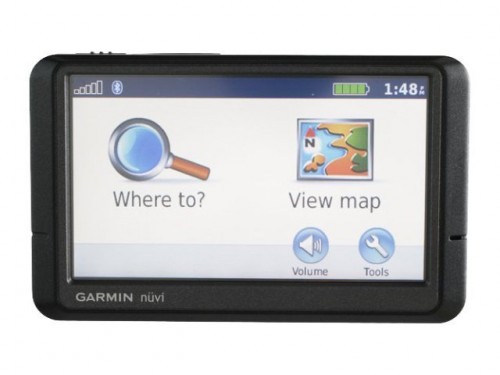






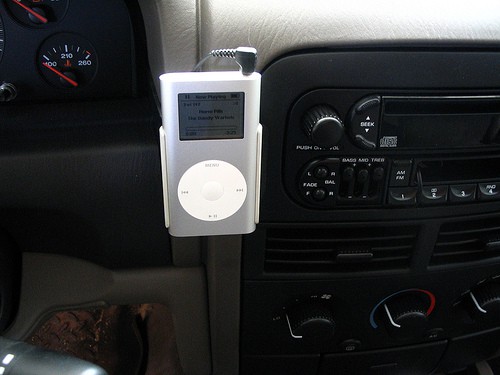


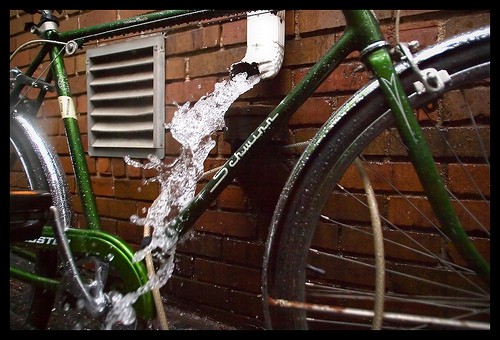


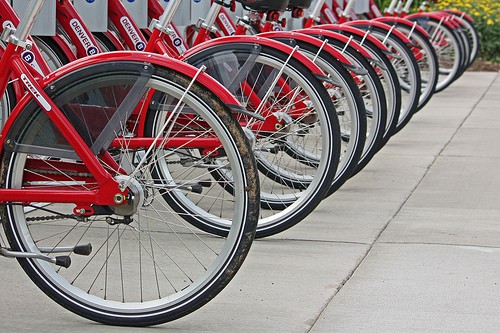

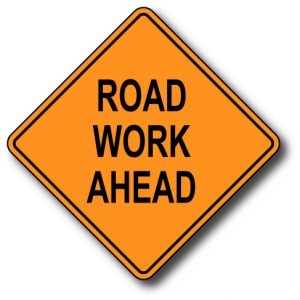 Bore #1, the southernmost bore, will be closed for three consecutive nights, December 6-8 from 9:30 p.m. – 4:30 a.m. for tunnel lighting, roadway, call box, fire extinguisher, camera and tunnel wash maintenance. Motorists heading eastbound who normally would take bore #1 will use the middle bore.
Bore #1, the southernmost bore, will be closed for three consecutive nights, December 6-8 from 9:30 p.m. – 4:30 a.m. for tunnel lighting, roadway, call box, fire extinguisher, camera and tunnel wash maintenance. Motorists heading eastbound who normally would take bore #1 will use the middle bore. While practically half of San Francisco lies within the 30-minute time zone, none of the trans-bay commuters now reach land within that time. All of the trans-bay districts are reached within an hour, the same as San Francisco. But for the former, from one-fourth to one-half of the time is consumed in the water trip. Shaded contour areas and time points within circles indicate how far commuters may ride within 10-minute intervals from the center of the business district-Third and Market Streets (allowing seven minutes to the Ferry terminal, and 10 minutes to the railroad terminal at Third and Townsend Streets). The inner shaded zones correspond to the running time by electric and cable lines. Double circles and the Peninsular zone particularly refer to steam lines. Running speed is indicated directly by the relative distance between these time points. For steam trains, the time shown is on limited local trains passing by only the less important stations. Some limited expresses make 26% better time, and way locals 15% slower time than here indicated. With the same character of rapid transit equipment, it appears that from 20 to 30 minutes more running time will always be necessary, by reason of the water trip, for trans-bay commuters to reach their homes than for San Franciscans, but that no such handicap exists as a limitation for Peninsular development.
While practically half of San Francisco lies within the 30-minute time zone, none of the trans-bay commuters now reach land within that time. All of the trans-bay districts are reached within an hour, the same as San Francisco. But for the former, from one-fourth to one-half of the time is consumed in the water trip. Shaded contour areas and time points within circles indicate how far commuters may ride within 10-minute intervals from the center of the business district-Third and Market Streets (allowing seven minutes to the Ferry terminal, and 10 minutes to the railroad terminal at Third and Townsend Streets). The inner shaded zones correspond to the running time by electric and cable lines. Double circles and the Peninsular zone particularly refer to steam lines. Running speed is indicated directly by the relative distance between these time points. For steam trains, the time shown is on limited local trains passing by only the less important stations. Some limited expresses make 26% better time, and way locals 15% slower time than here indicated. With the same character of rapid transit equipment, it appears that from 20 to 30 minutes more running time will always be necessary, by reason of the water trip, for trans-bay commuters to reach their homes than for San Franciscans, but that no such handicap exists as a limitation for Peninsular development.